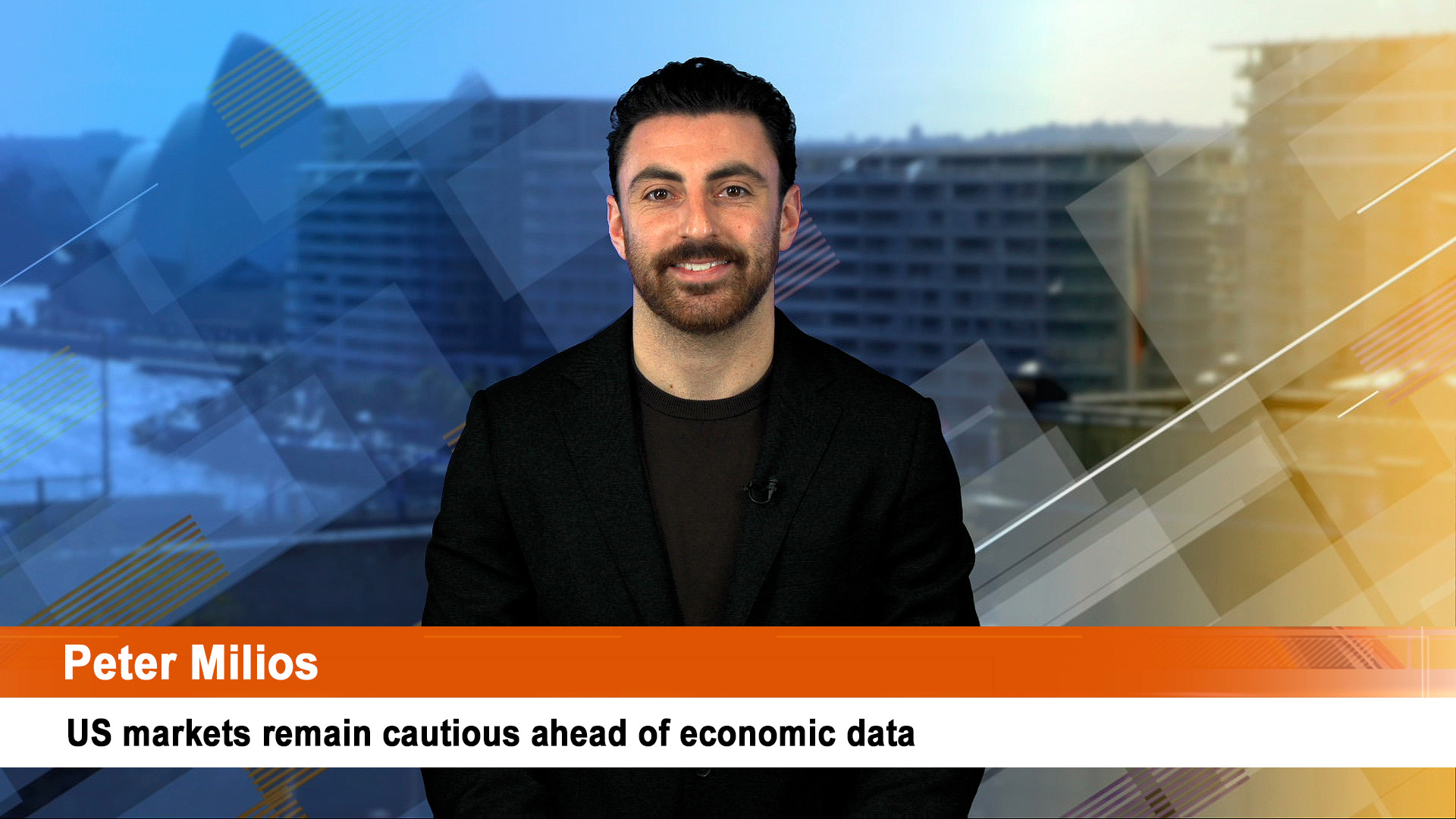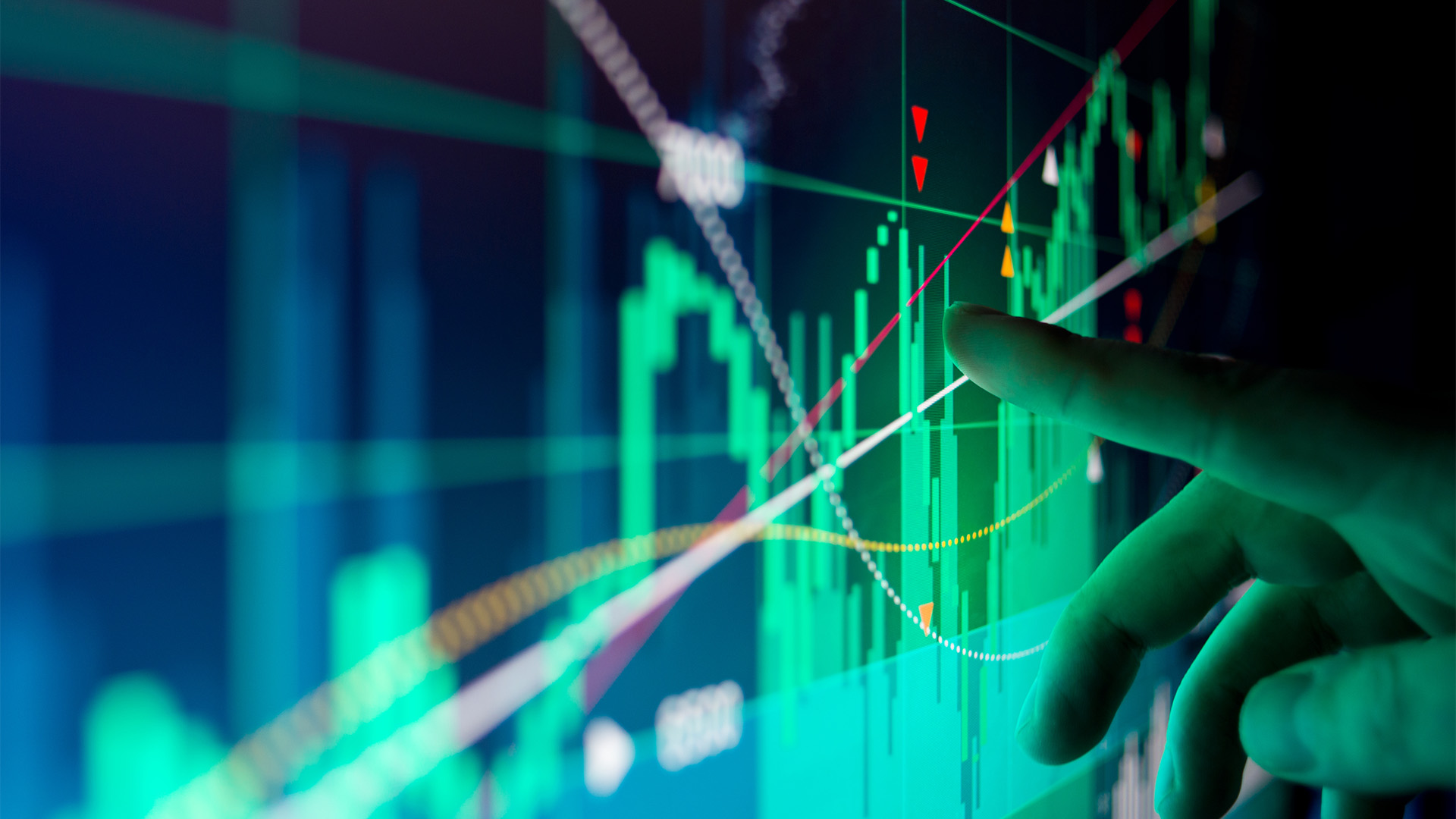A new month and the final quarter of 2018 has kicked off and gradually there are some decent performance data emerging from financial markets.
But markets survived the 10th anniversary of the collapse of Lehman Brothers and the GFC and all the ill-founded and ignorant forecasts for a repeat.
Looking ahead and markets though will have to grapple with the instability that will come from the final month of campaigning for the US mid-term polls on the first Tuesday in November, the continuing fractiousness in Britain of the Brexit process and whether there could be a snap general election, while rising oil and petrol prices will be a concern in the US, Australia, and other economies.
Problems with Iran, Venezuela, Italy (and the EU) and Argentina could all have a significant impact on oil prices, or the EU or global geopolitical tensions (Iran).
Back home and there’s the Reserve Bank board meeting later today which won’t change rates, there’s the Wentworth by-election on October 20 which at worst could result in a hung parliament, there’s will be the continuing evidence of a growing economy and growth data for the just-ended quarter in early December, plus the third quarter inflation data at the end of the month.
There are the full year results from three of the big four banks – Westpac, ANZ and NAB and a first-quarter update from the CBA, plus the half-year figures for Macquarie, plus annuals from the likes of Orica and CSR, Incitec Pivot and a string of annual meetings.
The major deals to attract attention will be the documentation for the Nine Entertainment – Fairfax Media takeover and vote in November, and the demerger of Coles from Wesfarmers.
The ASX 200 index closed at 6207.6 on Friday, up 13 points, or 0.2% the week. US markets were up more than 7% for the S&P 500 and Nasdaq each and the Dow climbed a solid 9% in the quarter.
That rise was also the same rise for the quarter, while September saw the index go backward dipping by 1.77% to be up just 2.35% for the year so far which is well short of other measures for offshore markets.
On Wall Street, both the S&P 500 and Dow last week simultaneously closed at a record high for the first time since January.
The Nasdaq Composite and small-stock based Russell 2000 reached peaks in August and despite all the hot air and tariffs from Donald Trump’s attempts at trade policy, especially with China, and a Fed rate rise, and a solid second-quarter reporting season, Wall Street managed to advance.
The quarter saw first Apple and then Amazon become the first and second companies company to reach a market capitalisation of $US1 trillion.
Apple ended the quarter valued at $US1.09 trillion and was up 3.7% for the week, down 0.8% for September, but up a very tasty 22% in the quarter. Apple shares are up nearly 34% for the year so far, Amazon by more than 71%.
Amazon weakened a touch to end September at $US982 billion. That was up 4.6% for the week, down 0.8% for the month, but up nearly 18% for the quarter.
Berkshire Hathaway, Apple’s single biggest shareholder, saw the shares of Warren Buffett’s company starting to track those of Apple over the quarter. While the shares were down 2.9% for the week and up 2.5% for the month, but up a solid 14.7% for the quarter.
With the S&P 500 up 8.99% for the year so far, it looks like Berkshire is back on track to outperform the key market index once again and all thanks to its continued buying of Apple shares (over 88 million in the first half of the year alone). Apple has been a heavy buyer of its own shares under buyback programs totaling some $US300 billion.













